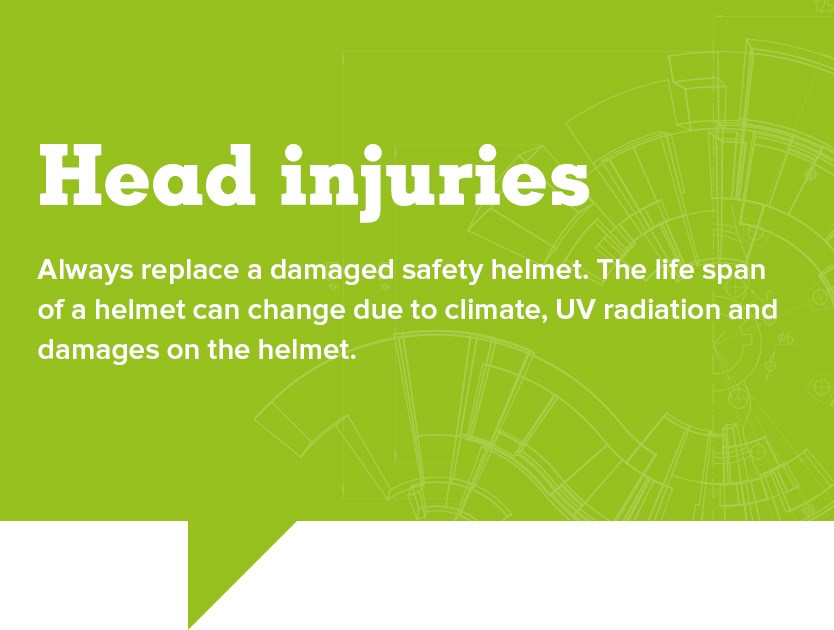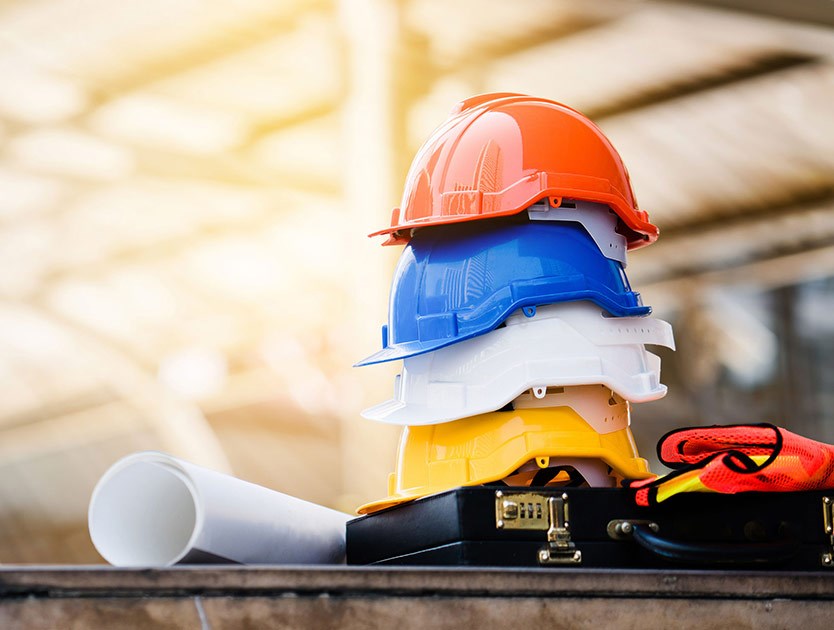
The head is our most important part of the body. Most of us are aware of this, yet the industrial and construction sectors are still affected by accidents involving injury to the head every year. The accidents cause everything from pain and discomfort to, in the worst case, never coming home from work again. A helmet or bump cap on the head is a convenient way to protect yourself, but the measures to avoid head injuries start before you even put the helmet on.



Javascript is disabled in your browser. For full functionality, we recommend that you turns on Javascript